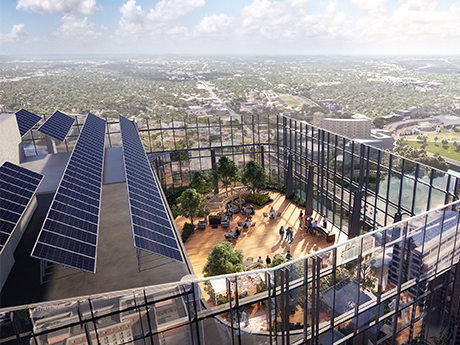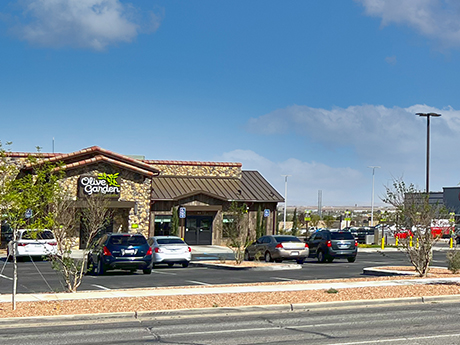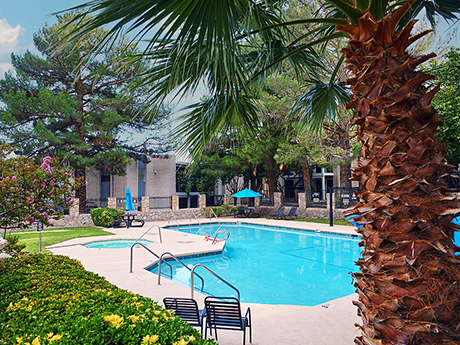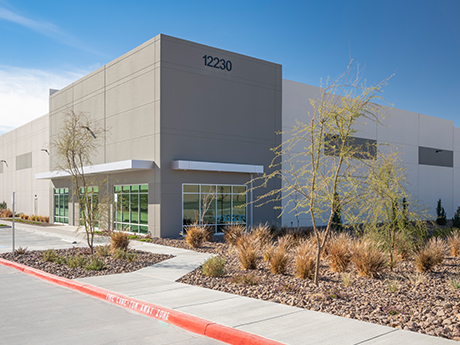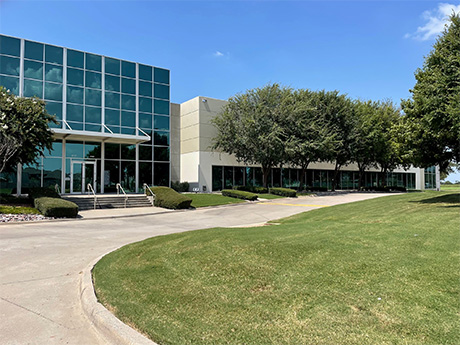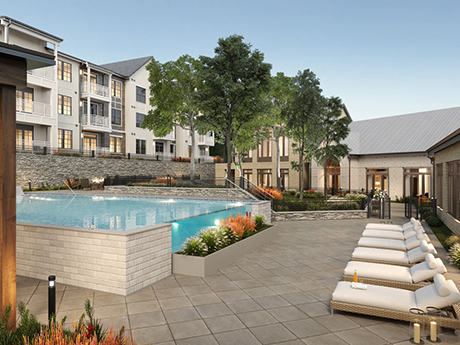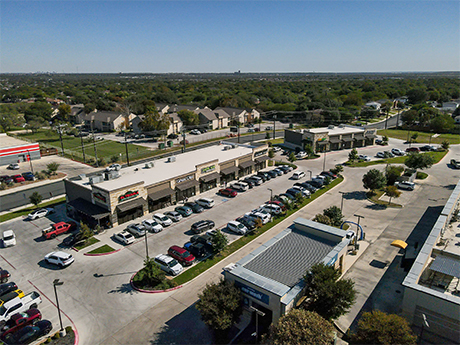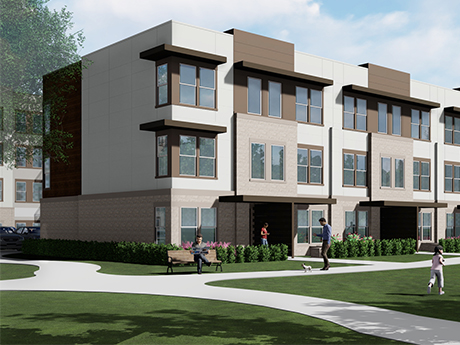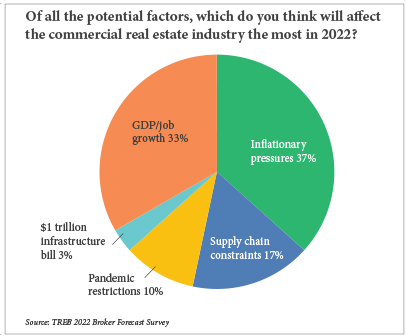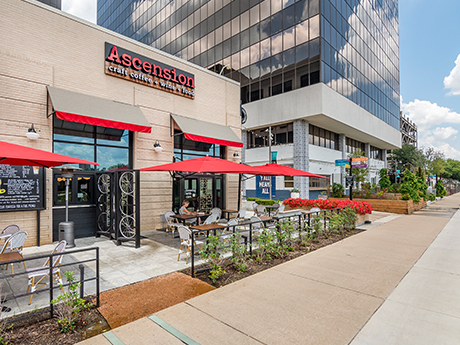Interviews by Taylor Williams The office markets of the major Texas cities have always been birds of different feathers, built to accommodate drastically different types of users and disproportionately subject to broader swings in occupancy and rent growth. Dallas-Fort Worth (DFW) remains the king of corporate relocations and regional consolidations, and the metroplex’s office market benefits from the highest degree of diversity among users, an attribute that has ushered it through the darkest days of the COVID-19 pandemic. Meanwhile, the Houston office market, hobbled for years by its reliance on energy users, may finally be poised to see some growth in occupancy as prices of these commodities head for the moon. In Austin, the non-California tech capital of the country, the supply of office space is still playing catch-up to demand, as evidenced by the healthy rents these buildings have achieved during the state capital’s ascendance to major-market status. And San Antonio? Like most commercial asset classes in the Alamo City, the performance of the office sector is steady, offering neither the glamorous appeal of trophy buildings with marquee users that attract institutional investors nor the profound cyclical dips that scare them away. Yet after two years of prolonged disruption …
Texas
By Andy Moreno, director of operations, MIMCO; and McGee Sauls, senior vice president, MIMCO Historically, the El Paso market has often been overlooked, primarily due to its distance from other major Texas markets. However, that sentiment is shifting rapidly due to strong economic and population growth. While an accurate figure is difficult to pin down, the number of new entries and expanding franchises within the market has exploded in recent years. “As recently as 2015, national and regional operators were only beginning to recognize the sales potential of the El Paso market and just how underserved the growing population had become,” states Scott Walker, president of MIMCO. “Competition was limited, which led to advantages for existing operators. The landscape shifted dramatically due to the pandemic; since the second quarter of 2020, new retail categories have become active,” he continues. “Marketing quality sites generally leads to multiple offers from competing operators including car washes, lube shops, coffee shops and quick-service restaurants. We love to see this variety move into our market and drive competition for the next great location.” Market competition is advantageous and a key driver of innovation. Retailers use competition to discover and adopt the most efficient processes that …
By Jack Stone, senior director of investments, Greysteel It seems like every month there’s a new sales record being broken in the El Paso multifamily market. But with interest rates officially rising, how long will that streak last? El Paso has been on a tear. Greysteel has sold roughly 4,000 units there in the past 36 months. That’s an impressive number, but it’s not a surprising one. Between 2012 and 2014, roughly 20 properties over 25 units traded in El Paso. That number skyrocketed to 69 properties between 2019 and 2021. But why? We’ve followed the El Paso market closely and have brought numerous first-time, out-of-state buyers to the market. The No. 1 reason they’re interested in El Paso is the competitiveness of other markets like Dallas and Austin, where cap rates have just compressed too much. With lower cap rates and cash-on-cash returns, investors started flocking to secondary markets where they can achieve higher yields. But El Paso, while a secondary market, has several factors that help it stand out from the rest: (1) it’s one of the top 20 largest cities in the country, which comes as a surprise to many; (2) it’s well-diversified, having weathered the recession …
By Josh Meredith, director of development, VanTrust Real Estate Sharing a 2,000-mile border, Mexico and the United States trade over $500 billion worth of goods and services each year, representing our country’s second-largest trade partnership. Impressively, over 20 percent of this exchange travels through the El Paso, Texas, port of entry, according to the Texas Comptroller of Public Accounts. This movement has deemed the El Paso/Ciudad Juarez (Mexico) region as one of the most important industrial centers in North America for years. Although the El Paso/Juarez market has a history of extensive commercial activity, with more than 1,100 manufacturing operations alone, the region has remained under the radar, experiencing traditional, steady industrial growth for the past decade. However, with undeniable strategic advantages and 300-plus Fortune 1000 companies in the El Paso/Juarez region, the past couple of years have attracted an increasing number of developers looking to capitalize on the market’s industrial and distribution needs. Now, with record net absorption and a remarkably low vacancy rate, the “borderplex” is the market to watch, building a reputation as not only a competitive industrial center, but also as a driver of some of the most important global manufacturing trends. Competitive Edge With more …
With each year that passes in the current cycle, industrial real estate, along with multifamily, becomes more deeply ingrained as a darling asset class among commercial developers, lenders and investors. For all the talk about Americans being social creatures, there remains a massive contingent of the population that, when it comes to shopping, overwhelmingly prefers the convenience and relative anonymity of e-commerce. What started out as pandemic-related justifications for buying goods online as opposed to in-person has given way to a full-fledged, tacit acknowledgement of a trend that was already in place prior to February 2020. As such, demand for facilities — not just traditional, pure-play industrial spaces — that can function as e-commerce fulfillment and distribution centers continues to skyrocket. This trend is even more pronounced in markets with surging populations like those of major Texas cities. Industrial brokers are the ones who see it all. These professionals talk to tenants about acute real estate needs that are critical to serving customers without accruing exorbitant transit costs. Brokers work with developers who must build and price their spaces in accordance with their own escalating cost structures for land and construction. The deals that industrial brokers execute form the backbone …
By Taylor Williams From sprawling garden-style complexes in the suburbs to wrap-style construction and high-rise buildings in the urban core, multifamily properties come in many shapes and sizes. And in Texas, all of these product types are in high demand. Consequently, developers have generally seen healthy paces of rent growth over the last decade. But with each year of cyclical maturation, land becomes more scarce, construction grows more costly and more communities come on line, making the competition to secure renters increasingly stiff. On a more granular level, bidding wars for large tracts of land that can support major residential density are becoming increasingly intense with the growth of build-to-rent (BTR) development throughout Texas. Global supply chain disruption is putting relentless pressure on costs of construction materials and timelines for new projects, and leasing initiatives are getting smarter via sophisticated proptech platforms that were developed exclusively with real estate operations in mind. But these economic and operational constraints exist entirely on the supply side of the market. Simultaneously, demand for housing is accelerating unencumbered throughout Texas, a perennial medalist in population growth among the 50 states. These market factors are creating an unusual dynamic in which the forces that drive …
By Steve Monroe, CCIM, San Antonio market manager, Oldham Goodwin The past year has seen steady improvement in the key performance metrics of the San Antonio retail market. Two years ago, participants in the retail sector, both local and national, were understandably preoccupied with questions about how the COVID-19 pandemic would impact retailers and owners of retail properties. The shift toward online shopping had begun several years earlier, and there was great fear that the pandemic would accelerate that trend such that it would prove fatal to retailers. The economic slowdown and quarantine restrictions that were implemented during the early part of the crisis appeared to validate those concerns. However, with the widespread availability and use of vaccines during the past 12 months, the San Antonio retail market, which initially saw significant layoffs and dramatic slowdowns, has come roaring back. The move toward online buying has indeed continued apace, and some consumers have shifted toward having goods delivered to them or utilizing curbside pickup models. In spite of these changes, nimble retailers have adapted to the changing landscape, and most are now thriving. In fact, for most retailers, the biggest operational problems have nothing to do with lack of …
By Tim Harris, vice president of multifamily development, Rosewood Property Co. San Antonio’s multifamily market is realizing its own potential. New nodes of development are emerging, and new projects are meeting pent-up demand for higher-quality renter experiences. Today, developers are building multifamily projects that they wouldn’t have considered five or 10 years ago. They’re no longer stuck in their comfort zones, afraid to venture into new submarkets. And they’re no longer worried that they won’t be rewarded with the rents necessary to provide differentiated properties with unit diversification, higher-end finishes and increased amenities. History, Affordability Historically, many institutional investors and national developers have overlooked San Antonio. Bigger and trendier Texas cities — Austin, Dallas-Fort Worth and Houston — have always overshadowed the Alamo City. That wasn’t always the case, though. In 1860, San Antonio was the largest city in the Lone Star State. It thrived as a center for the cattle industry until the 1930s, when its population fell behind that of Houston and Dallas, mostly because of the booming oil industry. Today, San Antonio’s metro area is the 25th-largest in the country with 2.6 million residents, according to Oxford Economics. Hispanics represent 55.1 percent of the population — the …
By Taylor Williams In late October, Raphael Bostic, president of the Federal Reserve Bank of Atlanta, gave a virtual speech in which he carried a glass jar with the word “transitory” labeled on it. Inside the jar were wadded-up dollar bills, deposited by Bostic’s staff members each time they used the word “transitory” to describe the surge in prices of consumer goods and services. The exercise was meant to dispel the notion that the current inflationary environment would be fleeting or short-lived. Based on the results of Texas Real Estate Business’ annual reader forecast survey, commercial brokers and developers/managers in the Lone Star State aren’t likely to be contributing to that fund any time soon. When asked to identify the macroeconomic force that was most likely to impact the commercial real estate industry in 2022, both of these groups selected inflationary pressures over supply chain constraints, pandemic restrictions, the $1 trillion infrastructure bill and employment/gross domestic product (GDP) growth. It’s worth noting that the survey officially closed on Monday, Dec. 13, about a week before the nation began to see a major surge in COVID-19 cases, most of which were classified as the Omicron variant. In the subsequent three-week period, …
By Taylor Williams The factors that have long enticed Texas retailers and restaurants to locate in mixed-use environments are back in full force, such that these users are once again willing to pay a premium for spaces built-in density and walkability. In some ways, this trend never really disappeared in Texas, one of the first states to reopen during the early months of COVID-19. Through measures passed in 2020 like sanctioning to-go alcohol sales and allowing businesses to stay open, albeit at reduced capacities, Texas has worked to minimize retail and restaurant closures and prevent large volumes of these spaces from being returned to markets. Neither has the state’s job and population growth slowed during the 22-month global health crisis, allowing developers across all asset classes to push forward. In addition, the newfound desire from consumers and businesses to work, shop and dine outdoors as much as possible has kept trains rolling on mixed-use projects, which inherently connect different uses through external features like trails, open streets, pocket parks and plazas. From a design standpoint, those connective features remain critically important, says Barry Hand, principal in the Dallas office of global architecture firm Gensler. “Pocket or linear parks are viewed …


